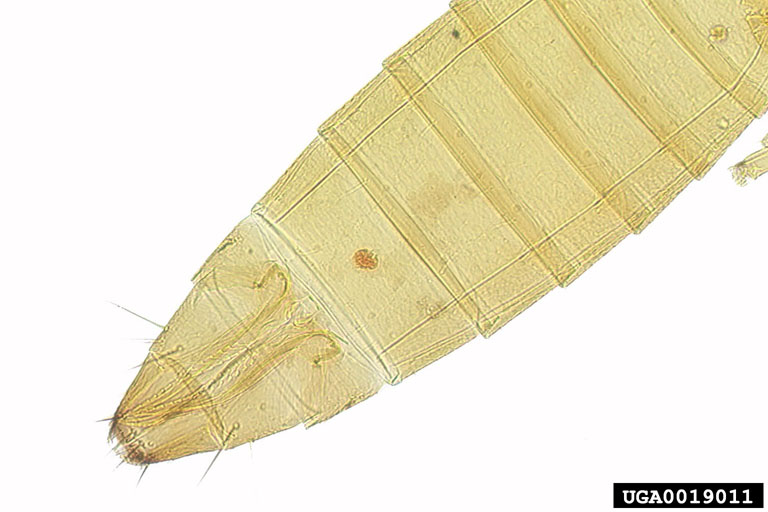|
| 질의: Hexapoda | 결과: 788번째/1570 | |
Red Grass Thrips (Aptinothrips rufus) (총채벌레류)
| 제목: | Red Grass Thrips (Aptinothrips rufus) (총채벌레류)
| | 올린이: | Phoby (phoby@notmyphoto.com)
| |

| 해상도: 768x512
파일크기: 69078 Bytes
촬영일: 2002:11:11 10:25:34
등록시간: 2005:11:28 13:05:35
|
red grass thrips
Insecta (Hexapoda) > Thysanoptera > Thripidae
Aptinothrips rufus (Haliday)
Photographer: John W. Dooley, USDA APHIS PPQ
Descriptor: Identification
Description: small wingless , yellow color , antenna 6 segments with large terminal segment and simple sense cones, pronotal setae not long, 1-segmented tarsi abdominal segments III to IX. Grass and distribution references from Crop Protection Compendium Distribution: Europe (Poland & Bulgaria-unconfirmed), Africa (Ethiopia-unconfirmed) North, Central and South America) Intercepted in Golden Gate Park by John Nelson on Star Moss
Location: United States
Image Citation:
John W. Dooley, USDA APHIS PPQ, www.forestryimages.org
Image Use:
This image may be copied and used, in whole or in part, for any non-profit, educational purpose provided that all reproductions bear an appropriate credit. Any commercial or other use of the image requires the written permission of the photographer or contact organization, and Forestry Images. |
^o^
동물그림창고 똑똑전화 누리집
^o^
|
|